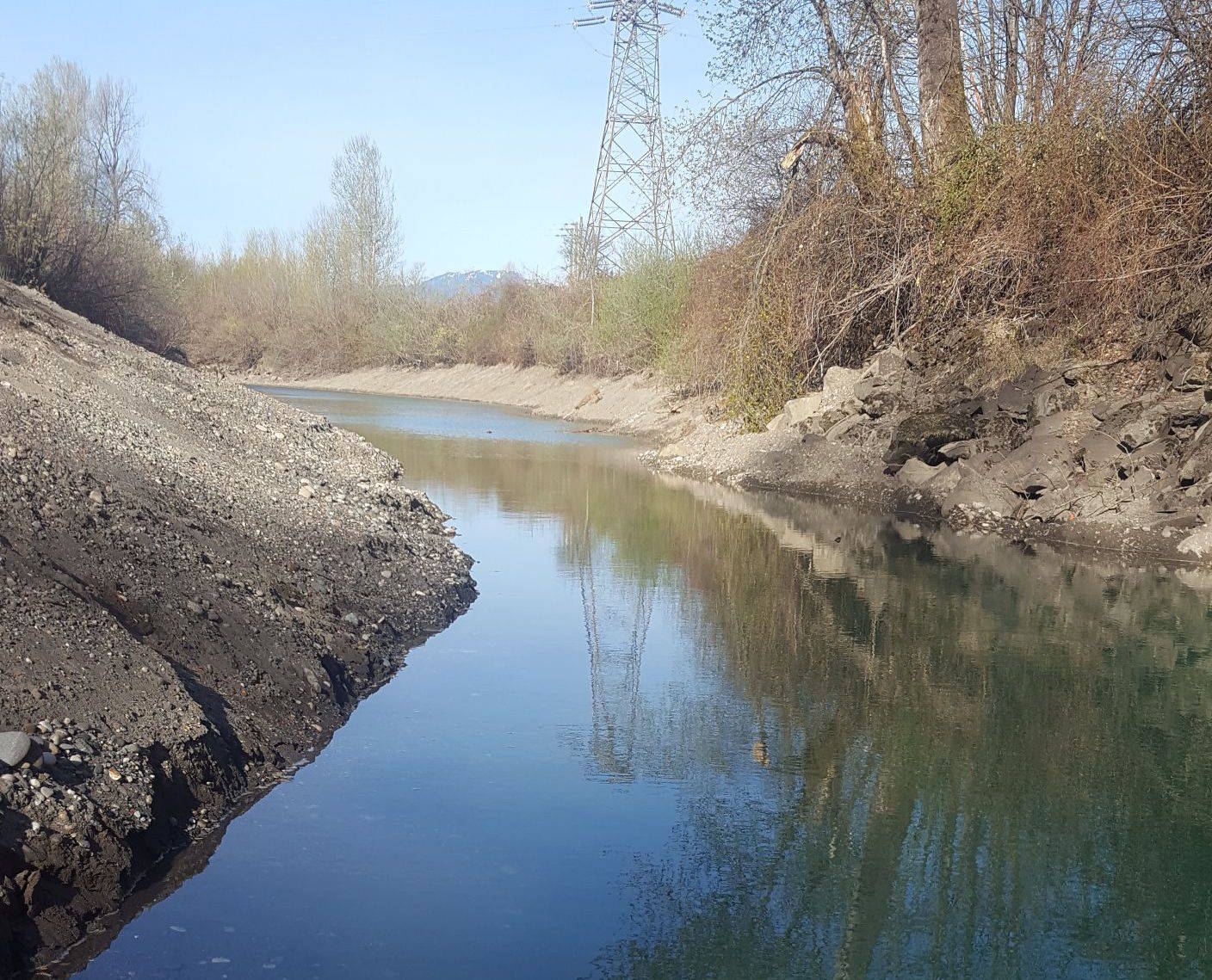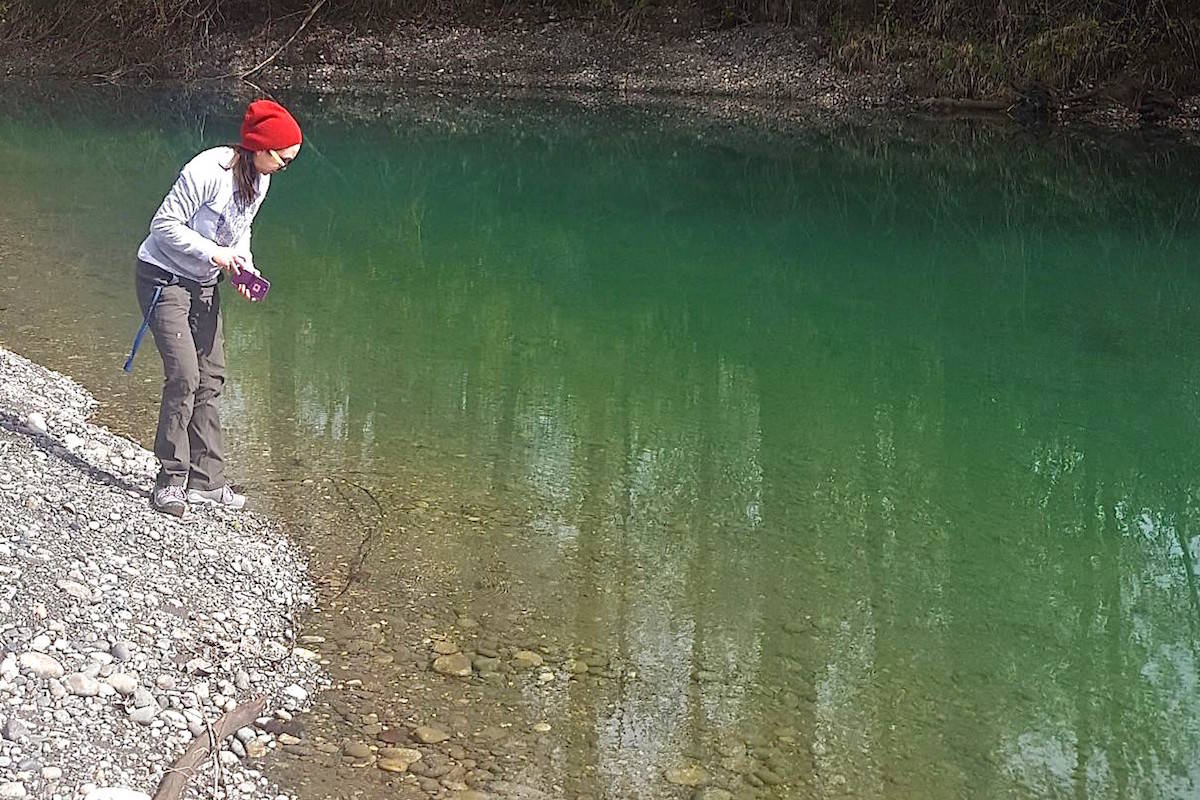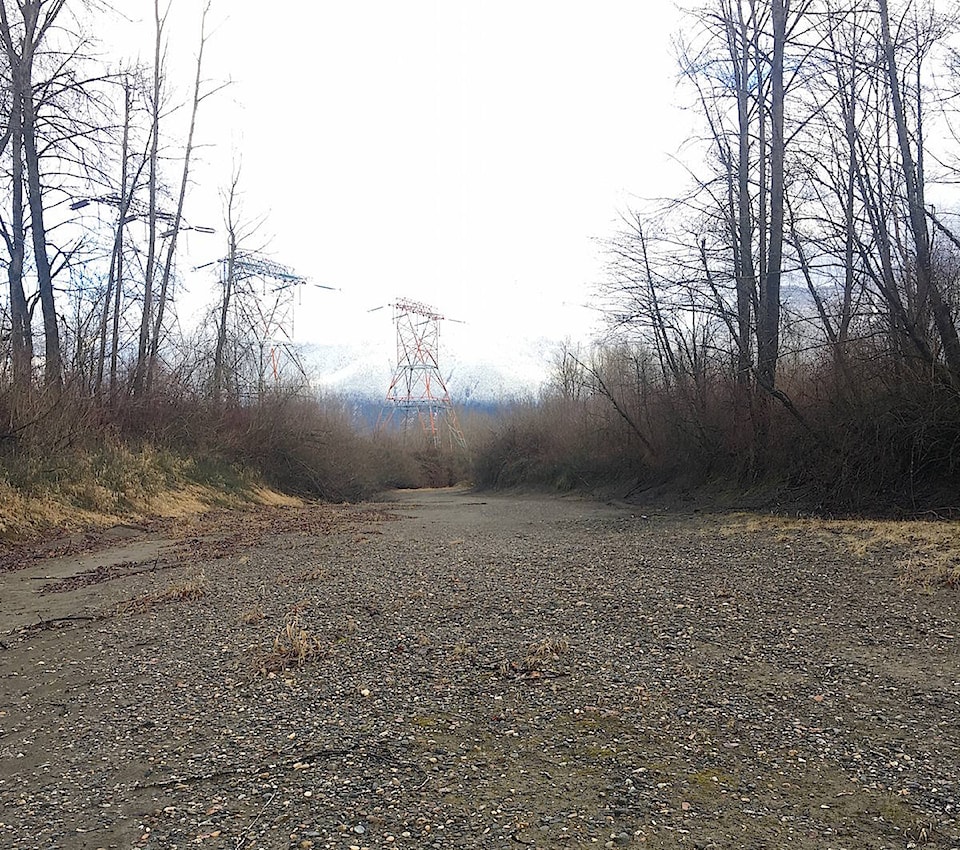Sto:lo Coast Salish traditional knowledge and western science came together seamlessly in a recent habitat restoration project in the Fraser River near Chilliwack.
Carrielynn Victor, manager of Ayelstexw Consulting, was the lead on the project undertaken for the Cheam First Nation, which depends on the river, its values and aquatic resources.
The project acknowledges that threats to local wildlife habitat have only increased after decades of resource extraction, human activity and development along the Fraser.
It took more than two years to remove sediment, create natural pools, and restore flood-relief zones in the waterway, using locally sourced wood, and native plants.
“This is a model project that defines what Ayelstexw is,” Victor said.
Ayelstexw Consulting, owned by Cheam First Nation and Ecora Engineering and Resource Group, provides environmental services combining traditional Indigenous values and ecological knowledge, with western science, to guide operations and business. Atekstexw, meaning “sustainability” was the name offered by a Cheam elder for the joint venture.
Sometimes when undertaking habitat restoration work, the goal is improving conditions for one species at a time, but the aim was more ambitious with this project.
“In this case, issues arose around the famous Lower Fraser White Sturgeon. Working with a broad base of knowledge, our team was able to focus on habitat restoration for a variety of aquatic species, with special attention on sth’imiya, the Lower Georgia Basin coho salmon; a coho species now threatened due to habitat destruction.”
So “healthy, dynamic side channels” like the one created by this project, create critical spawning grounds for coho, Victor added.
Cheam consultants worked with project partners, Fisheries and Oceans Canada, and the Province of B.C. DFO provided 50 per cent of funding, while the province facilitated in-stream permitting.
The hope is that the project methodology and collaborative approach will end up as a project template for future habitat reconstruction and protection.
Funds from the Recreational Fisheries Conservation Partnership Program also supported the project.
READ MORE: Five-year rebuild of fish stocks
READ MORE: Spawning habitat created along Peach Creek
@CHWKjourno
jfeinberg@theprogress.com
Like us on Facebook and follow us on Twitter.


